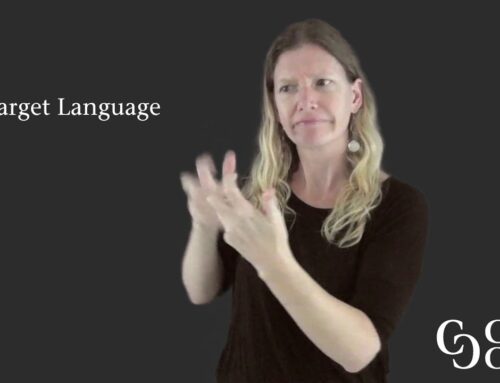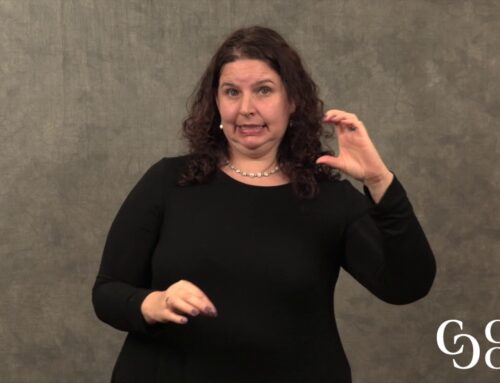Competencies Addressed:
- message coherence
- spatial structuring/discourse mapping
- depiction in ASL
- Use of Space
- Structure space accurately in relation to the environment that is referred to in the communication event (especially geographic locations) (Taylor, 2017: 5.1)
- Use referencing accurately when the referent is not present (Taylor, 2017: 5.2)
- Use accurate spatial agreement (Taylor, 2017: 5.4)
- Use accurate non-manual signals when structuring space (Taylor, 2017: 5.6)
- Use as much space as the interpretation requires (Taylor, 2017: 5.7)
- Grammar
- Use prominalization in dialogue accurately (Taylor, 2017: 6.4)
- Interpreting
- Reflect speaker’s attitudes, preferences, and emotions (Taylor, 2017: 7.5)
Time Required for Activity: 60 mins
Objective(s):
Interpreters will:
- Use space correctly when interpreting geographical locations.
- Use space correctly when referencing more than one person.
- Use space correctly when interpreting reported speech (conversations).
- Accurately convey the speaker’s tone and affect.
Reference
Taylor, M. (2017) Interpretation Skills: English to American Sign Language. Edmonton: Interpreting Consolidated.





